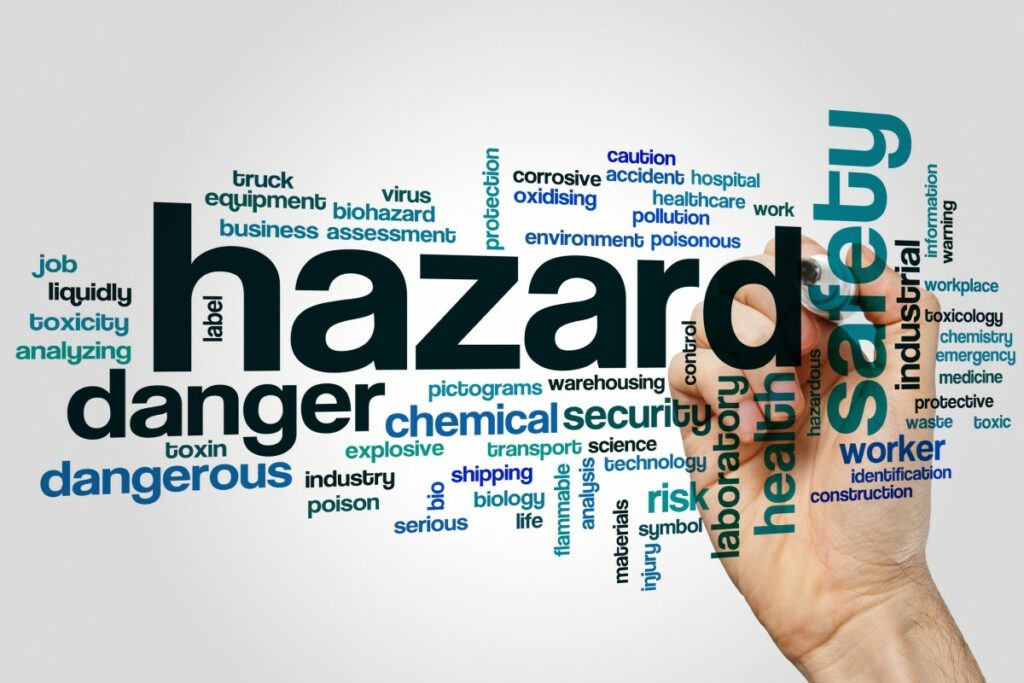
Safety leading indicators provide information about the effective performance of safety and health activities and enable employers to take preventative action.
The US Department of Labor’s Occupational Safety and Health Administration (OSHA) is seeking stakeholder input regarding the utilization of safety leading indicators and their effectiveness in managing safety and health management systems. By gathering insights about safety leading indicators from the stakeholders, the agency aims to develop a Leading Indicators Resource that can guide employers on the use of leading indicators and their integration with lagging indicators to improve safety outcomes.
Employers often rely solely on lagging indicators, such as OSHA incident rates like Days Away, Restricted or Transferred (DART) and Total Case Incident Rate (TCIR), to evaluate the success of their safety programs. While lagging indicators are important for measuring past performance, they do not provide proactive insights or preventive measures to address potential hazards before they result in incidents. Safety leading indicators, on the other hand, provide information about the effective performance of safety and health activities and enable employers to take preventative action.
Safety leading indicators can include various measures and data points that allow organizations to impact future safety outcomes while working in the present. Examples of safety leading indicators include tracking near misses, monitoring safety training attendance, conducting job safety observations, implementing risk assessments, and fostering leadership safety engagement. These indicators help identify potential weaknesses in employee protection and enable employers to address them proactively.
Employers can benefit from the use of safety leading indicators in several ways. By incorporating leading indicators into their safety and health programs, employers can reduce serious injuries, illnesses, and fatalities, as well as minimize the financial impacts associated with workplace incidents. The implementation of safety leading indicators can also help attract and retain talented workers, enhance the organization’s reputation among stakeholders, and align management practices with industry standards.

To gather input from stakeholders, OSHA has posed a series of questions related to the use of leading indicators. These questions cover topics such as the current use of leading and lagging indicators, industry-specific leading indicators, metrics shared with top management, determination of indicator effectiveness, linking leading indicators to outcome data, promoting the use of leading indicators, and barriers/challenges encountered in using leading indicators.
OSHA is encouraging employers and other interested parties to provide detailed feedback and share their experiences and expertise with leading indicators. Comments and feedback can be submitted electronically at www.regulations.gov, using the docket number OSHA-2023-0006. The deadline for submissions is July 17, 2023.
Additional Resources
- Read the bulletin.
- Learn more about Recommended Practices for Safety and Health Programs (osha.gov)
- Learn more about OSHA Questions on the Use and Development of Leading Indicators.
About Utility Analytics Institute (UAI)
UAI Enables Utility Transformation Through Analytics
UAI is a utility-led membership organization that provides support to the industry to advance the analytics profession and utility organizations of all types, sizes, and analytics maturity levels, as well as analytics professionals throughout every phase of their career.
Transforming into a data decision-based company is one of the most difficult transitions a utility will have to make to thrive in the new energy economy. It’s more than just managing massive amounts of data, implementing the right tools and technology, and people and process management. It’s ensuring you have proper change management processes in place to address cultural challenges, as well as data management and governance plans, and best practice and compliant security strategies in place. It’s implementing the best organizational structure for your utility, and hiring and retaining talented staff, plus so much more! UAI brings together leading utilities who are serious about tackling these challenges and together we concentrate on utility analytics.
What’s UAI Membership all about? UAI serves multiple audiences providing different membership packages for each audience type. Learn more about how UAI unifies our community, serves each audience to help you meet your goals and address challenges, and how each audience collaborates to better serve the utility industry.















